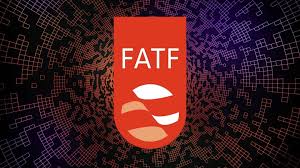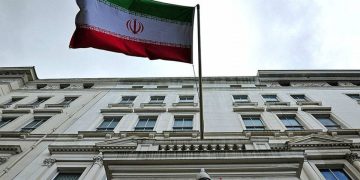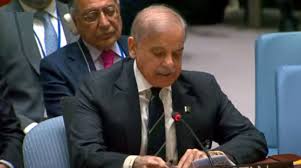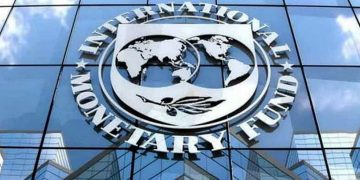Finance Minister Dr Shamshad Akhtar ruled out the possibility of Pakistan requesting the International Monetary Fund (IMF) to increase the timeframe or the size of the Standby Arrangement (SBA), while government high-ups to also advise on materialising the external financing gap once a successful review is completed.
Following their arrival to Pakistan on November 2, officials from the Fund are negotiating with Islamabad to strike a staff-level agreement under the $3 billion SBA programme. These talks will end on the 15th of this month.
The delegations for these talks, from the IMF and Pakistan, were led by the finance minister and the lender’s Mission Chief Nathan Porter, both of whom also held one-on-one meetings during the week.
Media persons asked Dr Akhtar if there was a possibility of Pakistan requesting the IMF to increase the SBA programme from March to June 2024 and jacking up the size from the existing $3 billion to $3.5-$4 billion, the minister categorically replied, “No”.
To another query regarding the external financing gap, the minister replied that she would advise after the review.
Another official who is privy to the ongoing talks with the IMF said that the programme loans from the multilateral creditors including the World Bank, Asian Development Bank, Asian Infrastructure Investment Bank, and Islamic Development Bank (IsDB) were linked with the successful ongoing review of the IMF programme.
The IMF has assessed that Pakistan requires gross external financing of slightly over $29 billion including external debt servicing of $24.5 billion and a current account deficit of $4.5 billion. Now Pakistan is expecting rollover of deposits and commercial refinancing of $11 billion from bilateral friends, Islamabad would have to secure external loans of $18 billion in the current fiscal year provided all other dollar inflow targets such as exports, remittances, and foreign direct investment materialised up to the envisaged mark.
There are some serious risks to the debt dollar inflows including a $5 billion commercial loan, $1.5 billion through launching international bonds, and $500 to $750 million from IsDB through ITFC out of committed $1 billion.
If interest rates at the global level especially in the United States of America eased down and oil prices in the international market tumbled then Islamabad would be able to secure breathing space otherwise its external financing crunch might become a serious threat.
Independent economists are predicting that the external financing gap might be hovering around $6 to $7 billion for the current fiscal year. It is the most serious threat to the economy and stability of the exchange rate.
On the fiscal front, the sources said that the IMF and FBR high-ups discussed structural changes in tax administration, tax policy, tax administration, documentation/digitization, track and trace system, and its implementation for major revenue spinner sectors including sugar, tobacco, cement, and others. So far the FBR’s annual tax collection target of Rs9415 billion was kept unchanged during the technical level rounds of parleys between the two sides.
In the energy sector, the IMF raised questions about the delayed increase in gas tariff from November 2023 against the commitment with the Fund to increase it with effect from July 1, 2023. The government is also supposed to increase the gas tariff from January 1, 2024.
In the power sector, official sources told the IMF that the government released a subsidy amount of around Rs70 billion in the first week of October 2023. It is relevant to mention here that the government had only released Rs2.5 billion subsidy amount in the first quarter (July-Sept) period against the total allocation of Rs1,064 billion for the whole financial year 2023-24.
The power sector’s distribution companies’ losses were estimated at Rs589 billion out of which Rs200 billion could not be recovered. So the remaining Rs389 billion could be recovered and so far the government launched the anti-theft campaign and recovered approximately Rs50 billion. If this anti-theft action continued unabated in the remaining period the overall collection of electricity bills of power distribution companies could be improved by Rs200 to Rs250 billion so the annual losses could be reduced by 50 to 60%.















































